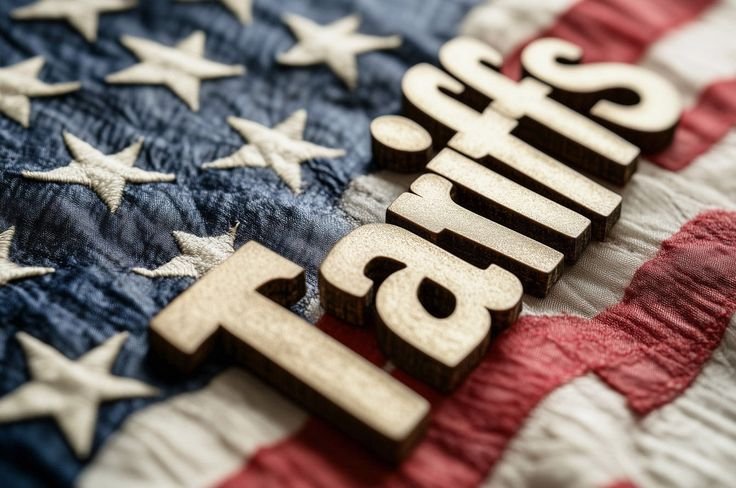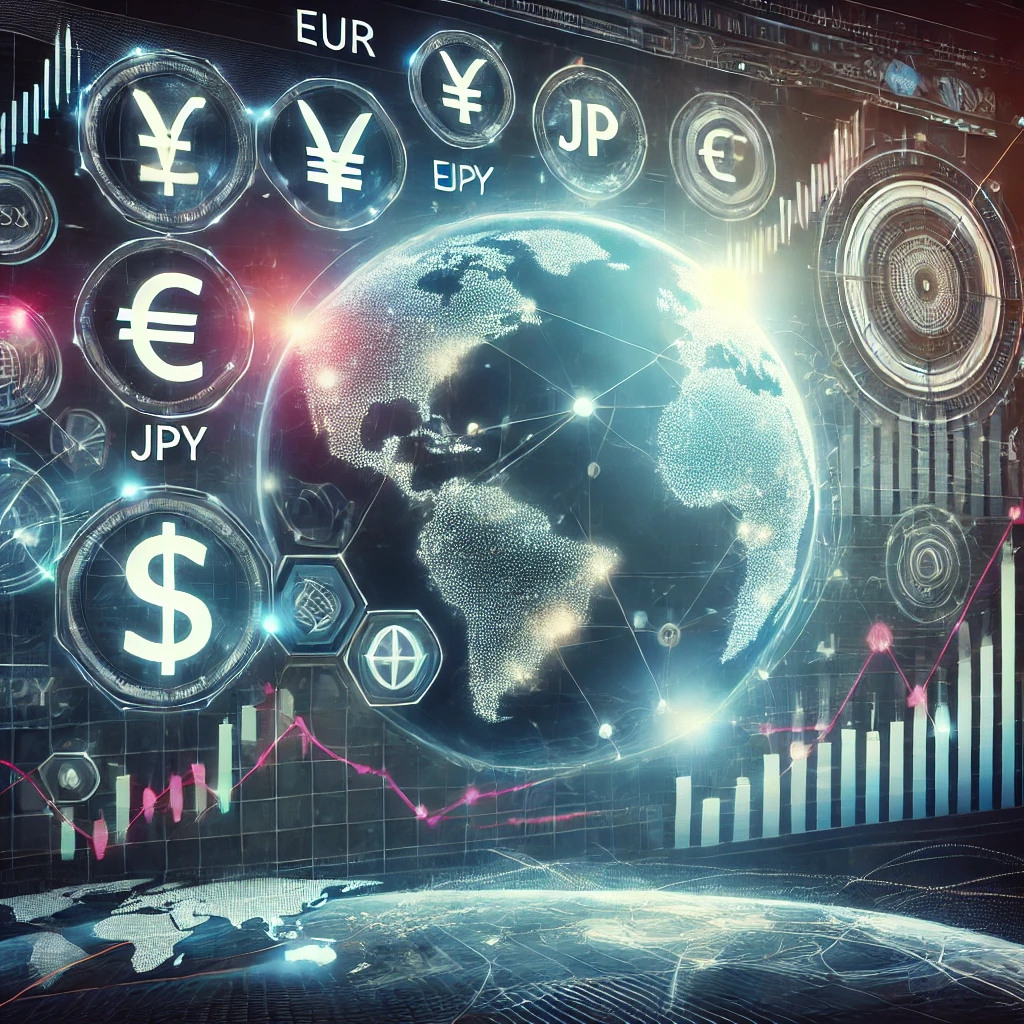Tariffs play a central role in international trade and economic policy. When countries engage in global commerce, they often impose tariffs as a strategic tool to manage their economies, protect domestic industries, or generate revenue. Although the term “tariff” may sound technical or obscure, it influences prices, consumer choices, trade relationships, and even politics on a global scale. This guide will explain everything you need to know about tariffs—what they are, why governments impose them, how they affect economies, and the key debates surrounding their use.
What Are Tariffs?
A tariff refers to a tax that a government levies on goods imported into its country. In some cases, tariffs may also apply to exported goods, but import tariffs remain far more common. Governments usually express tariffs as a percentage of the good’s total value. For example, a 10% tariff on $1,000 worth of steel would require the importer to pay $100 in duties.
Governments use tariffs to increase the cost of foreign goods, making domestic products more competitive. By doing so, they protect local industries from cheaper international alternatives.
Types of Tariffs
Not all tariffs function the same way. Authorities use several types of tariffs depending on their goals and the nature of the imported goods.
-
Ad Valorem Tariff
This tariff charges a percentage of the value of the imported good. For instance, a 15% ad valorem tariff on imported cars means that if a car costs $20,000, the importer pays $3,000 in tariffs. -
Specific Tariff
Governments apply this tariff as a fixed amount per unit, regardless of the item’s price. For example, a $5 tariff on every pair of imported shoes means the government collects $5 per pair, whether the shoes cost $50 or $500. -
Compound Tariff
This tariff combines both ad valorem and specific tariffs. For example, the government might impose a 5% tariff plus $2 per item. Importers must calculate both and pay the total. -
Protective Tariff
Governments impose these tariffs to protect local industries from foreign competition. They aim to make imported goods more expensive, giving domestic products a price advantage. -
Revenue Tariff
Some tariffs exist primarily to generate government income rather than to protect industries. These usually apply to goods not produced locally.
Why Do Governments Impose Tariffs?
Tariffs serve several strategic purposes, and each reason ties back to economic or political objectives.
-
Protecting Domestic Industries
Countries use tariffs to shield local companies from foreign competitors, especially when foreign firms can produce goods at lower costs. By imposing tariffs, governments give domestic products a better chance to succeed in the marketplace. -
Generating Revenue
In many developing countries, tariff collection provides a major source of government income. Although modern economies rely less on tariffs for revenue, the practice remains significant in regions without strong internal tax systems. -
Reducing Trade Deficits
If a country imports more than it exports, it creates a trade deficit. Tariffs can discourage imports by making them more expensive, potentially balancing the trade equation over time. -
Retaliation and Trade Wars
Countries sometimes use tariffs in response to unfair trade practices. If one nation imposes restrictions or subsidies that harm another, tariffs become a tool of retaliation. These actions can spark trade wars, where countries keep increasing tariffs in a tit-for-tat pattern. -
National Security and Strategic Interests
Governments may impose tariffs on goods critical to national security, such as military equipment, rare earth metals, or food supplies. They do this to reduce dependence on foreign nations during conflicts or crises.
How Tariffs Affect the Economy
Tariffs have far-reaching impacts, both positive and negative. Policymakers must weigh these effects carefully before implementation.
Short-Term Benefits
-
Domestic Producers Gain an Edge
Higher prices on imports create opportunities for local businesses to grow and expand. As a result, jobs in protected industries often increase in the short term. -
Increased Government Revenue
Import tariffs create a new income stream for governments, which they can use for infrastructure, social programs, or debt reduction.
Long-Term Consequences
-
Higher Consumer Prices
Importers usually pass the cost of tariffs onto consumers. This means that everyday goods—from electronics to groceries—can become more expensive, especially if domestic alternatives don’t exist. -
Reduced Competition
Tariffs can limit the number of foreign competitors, which may reduce innovation and efficiency in the domestic market. Without the pressure to compete, some local firms may deliver lower quality or charge higher prices. -
Disrupted Global Supply Chains
Many modern products involve components from several countries. Tariffs can raise production costs, delay shipments, and complicate logistics. For example, a car manufacturer may need to import parts from multiple countries. Tariffs on any one part increase the total production cost. -
Trade Retaliation
Countries hurt by tariffs often respond with tariffs of their own. This escalation can damage industries, reduce export demand, and spark broader economic tensions.
Historical Examples of Tariffs
-
The Smoot-Hawley Tariff Act (1930)
The U.S. government passed this act during the Great Depression, imposing high tariffs on over 20,000 imported goods. Other countries retaliated with their own tariffs, shrinking international trade and worsening the global depression. -
U.S.-China Trade War (2018–2020)
The U.S. imposed tariffs on hundreds of billions of dollars worth of Chinese imports, citing intellectual property theft and trade imbalance. China responded with similar tariffs. Both economies experienced short-term disruptions, and global markets fluctuated in response.
Tariffs vs. Free Trade
Economists often debate the merits of tariffs compared to free trade. While tariffs protect local jobs and industries, free trade promotes competition, innovation, and lower prices. Free trade agreements like NAFTA (now USMCA) or the European Union’s internal market aim to eliminate tariffs between member countries to encourage economic growth.
Countries must find the right balance. Too many tariffs can isolate an economy and make it inefficient. Too few can expose industries to unfair competition and economic shocks.
Do Tariffs Work?
The success of tariffs depends on their context and implementation. Short-term gains often lead to long-term challenges. While they can protect specific sectors or support domestic development, poorly designed tariffs risk inflation, trade retaliation, and economic isolation.
Some industries benefit greatly from tariffs—especially those struggling to compete against low-cost foreign goods. However, broader sectors like retail, technology, and agriculture often suffer when trading partners retaliate or when tariffs raise input costs.
Final Thoughts
Tariffs remain one of the oldest tools in economic policymaking. They offer governments a way to influence trade, protect key industries, and assert national interests. However, they also bring risks: higher prices, trade disputes, and economic inefficiencies.
To understand the global economy, one must understand tariffs. They don’t just affect policy and trade—they influence the prices we pay, the jobs we hold, and the products we use daily. As global tensions rise and countries reassess their trade policies, tariffs will continue to shape the world’s economic future.




